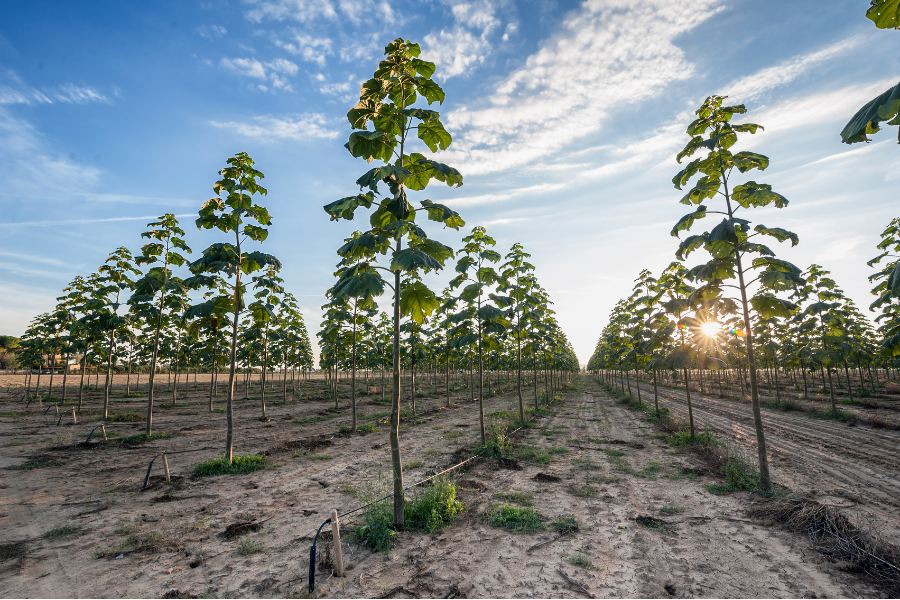We’ve been hearing about biodiversity and how important it is to a thriving planet. How does this concept relate to our food systems? What is agrobiodiversity and why is it beneficial?
What Is Agrobiodiversity?
Agrobiodiversity or agricultural biodiversity, is defined as the variety of organisms in relation to foods. This includes plants, livestock and fisheries.
There are three levels of agricultural biodiversity: (1) genetic diversity is the variety within species, (2) species diversity is the number of different species related to food and agriculture, and (3) ecosystem diversity is the variety of habitats and ecosystems that are within a geographical location.
Why Are Biodiverse Food Systems Important?
Agrobiodiversity is essential to building sustainable food systems. It helps establish a more resilient system over a period of time. Supporting genetic, species and ecosystem diversity within a region is beneficial for the following reasons.
- Creates food security – Crops become more resistant to pests and disease. Genetic diversity reduces the risk of crop failure.
- Creates food stability – food systems become secure over a period of time and are more durable in high stress environments. Biodiversity promotes adaptability to environmental changes.
- Promotes food availability – biodiverse agriculture promotes greater yield. A study from the University of Jena concluded that “higher diversity is actually more effective in increasing productivity than higher management intensity.”
- Regulates and supports the ecosystem – the more variety in genetics and species, the richer the ecosystem and the greater adaptability it has to face environmental stressors
- Provides increased health to the local community – Rich diversity in food provides higher nutrition.
Modern Food Systems
Our current food system is predominantly intensive and industrialized. It focuses more on production and less on biodiversity conservation. Modern intensive agriculture has contributed to the massive reduction of agrobiodiversity worldwide. The United Nations Food and Agriculture Organization estimates that about 75% of global agrobiodiversity has been lost since the early 1900s and that three quarters of food worldwide is produced by only 12 plant species and five animal species.
About 75% of global agrobiodiversity has been lost since the early 1900s and three quarters of food worldwide is produced by only 12 plant species and five animal species.
Food and Agriculture Organization of the United Nations
Today’s monocultivations focus on growing crops with high yield, homogenous look and ease of transport. Other contributing factors for this loss is globalization and a busier consumer that needs food that is easier to prepare.
As the population continues to grow and is estimated to reach 9.9 billion people by 2050, society needs to establish food systems that can support this growth. However, agricultural development and the conservation of biodiversity should not be seen as conflicting interests. Instead they should work together. “In fact, evidence shows that integrating biodiversity and agriculture is beneficial for food production, ecosystem health, and for economically and ecologically sustainable growth” (Thrupp 1998).
To find out how eating seasonally helps you diversify the foods you eat, click here.
To read more about agrobiodiversity in Italy, click here.
To find out more about the impact of industrialized agriculture, click here.
Sources: Food and Agriculture Organization of the United Nations – The State of the World’s Biodiversity for Food and Agriculture, Food Security And Environmental Sustainability Academic Journal – Frison | Agricultural Biodiversity Is Essential for a Sustainable Improvement in Food and Nutrition Security, Agronomy For Sustainable Development Article – Duru | How to implement biodiversity-based agriculture to enhance ecosystem services, Food and Agricultural Organization – What is Happening to Agrobiodiversity, Thrupp 1998, “Cultivated Diversity: Agrobiodiversity and Food Security.”






